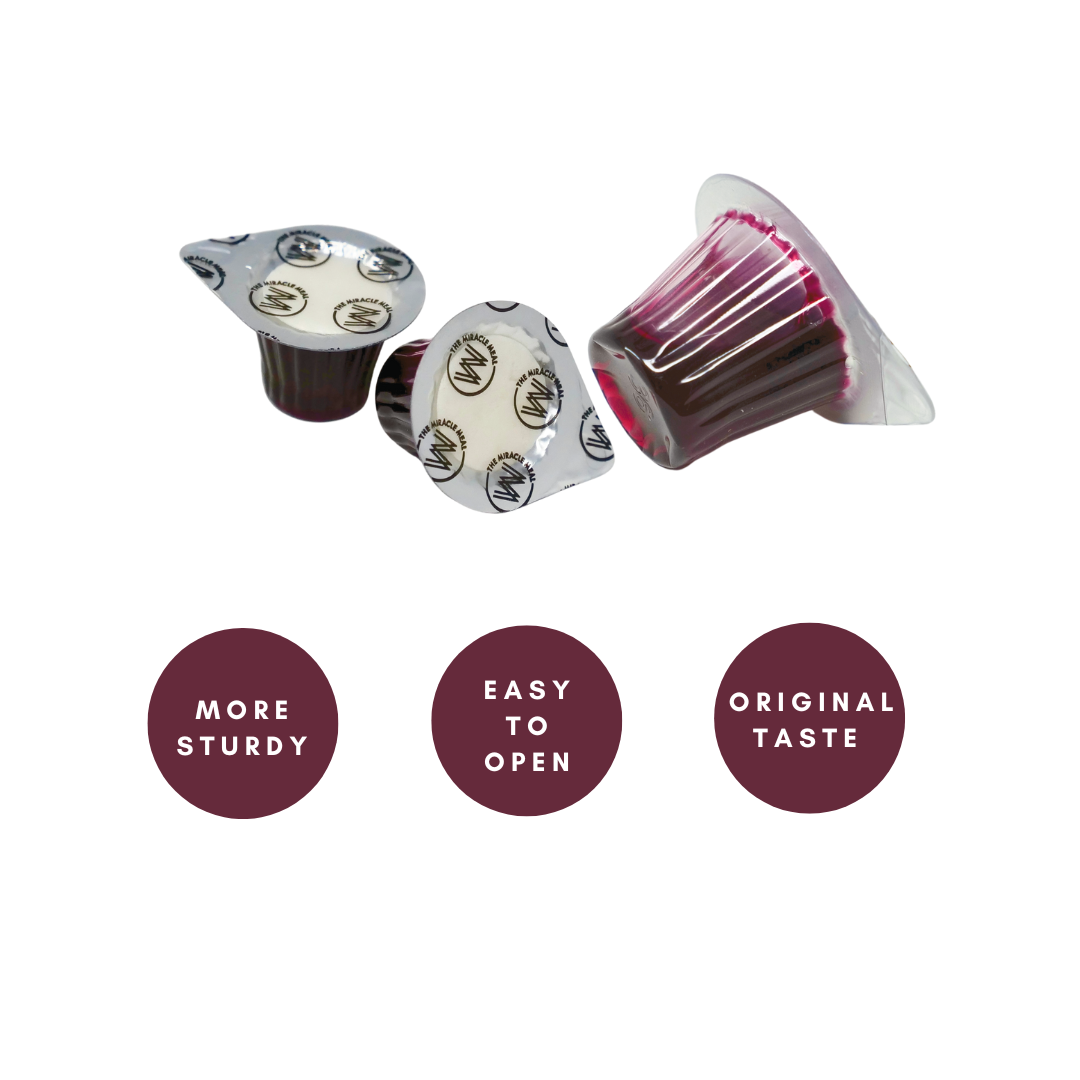What Kind Of Bread Are Communion Wafers?
For many, the small, round bread offered during communion holds deep spiritual significance. But beyond its sacred role, have you ever wondered about the kind of bread that communion wafers are made from?
Understanding the bread used in communion not only enriches the experience but also connects us to centuries-old traditions. In this article, we’ll explore the nature, history, and symbolism of communion wafers.
The Nature of Communion Wafers
Communion wafers are a specific type of bread used in the Christian sacrament of the Eucharist. They are typically thin, unleavened wafers made from wheat flour and water. The absence of leavening agents like yeast means the bread doesn’t rise, resulting in a crisp, flat wafer.
The simplicity of the ingredients is intentional. By using only wheat flour and water, the wafers remain pure, aligning with the symbolic purity of the sacrament. This unadulterated form of bread reflects the sinless nature of Christ, whom the bread represents during communion.
While the basic recipe remains consistent, the size and design of communion wafers can vary. Some may feature embossed religious symbols or crosses, adding to their significance during the service.
Historical Significance of Unleavened Bread
The use of unleavened bread in religious ceremonies dates back to ancient times. In Jewish tradition, unleavened bread, or matzo, is eaten during Passover to commemorate the Israelites’ swift departure from Egypt, leaving no time for bread to rise.
Christianity adopted this tradition, as the Last Supper—which the communion commemorates—was a Passover meal. Jesus broke unleavened bread with his disciples, instructing them to “do this in remembrance of me,” establishing the practice of using bread in communion.
Using unleavened bread symbolizes purity and a break from past corruption. It connects modern worshippers with their spiritual ancestors, maintaining a tradition that spans millennia.
Ingredients and Preparation of Communion Wafers
The primary ingredients in communion wafers are simple: wheat flour and water. This simplicity ensures the bread remains pure and suitable for the sacrament. No salt, sugar, or additives are included, preserving the wafer’s unblemished nature.
The dough is mixed to a consistent texture, then rolled thin and cut into small, circular shapes. These are baked carefully to achieve the right consistency—crisp but not burnt. The process requires precision, as any imperfection can affect the wafer’s suitability for use in communion.
Today, specialized producers create communion wafers in large quantities, adhering to strict guidelines to meet the needs of various denominations while maintaining the reverence of the tradition.
Symbolism Behind the Bread
In communion, the bread symbolizes the body of Christ, offered for the redemption of humanity. Sharing this bread unites believers with Christ and with each other, reinforcing the communal aspect of the faith.
The unleavened nature of the bread holds deep symbolism. Leaven, or yeast, often represents sin or corruption in biblical texts. Therefore, unleavened bread signifies purity, sincerity, and freedom from sin.
The wafer’s simple and unassuming appearance serves as a reminder of Jesus’s humility and the straightforwardness of his teachings. Partaking in the bread is a profound act of faith and remembrance for believers.
Variations Across Denominations
While many Christian denominations use unleavened wafers, others prefer leavened bread. Eastern Orthodox churches, for example, traditionally use leavened bread to symbolize the resurrected Christ. This variation highlights different theological emphases within Christianity.
Protestant denominations may use wafers or regular bread, sometimes offering gluten-free options to accommodate dietary needs. The focus is often on the symbolic act rather than the specific type of bread used in the ceremony.
Despite these differences, the essence of communion remains the same across denominations. The bread, whether leavened or unleavened, serves as a tangible connection to the teachings of Jesus and a testament to shared beliefs.
Conclusion
Understanding the type of bread used in communion wafers unveils a rich history of tradition and symbolism. From their simple ingredients to their profound spiritual significance, communion wafers are more than just bread—they are a sacred link between believers and the divine.
At The Miracle Meal, we honor these traditions by providing high-quality, pre-filled communion cups that include unleavened wafers made with care and reverence. Our products aim to enhance your communion experience by offering convenience without compromising the sanctity of the ritual. Visit our online store to explore our range of communion cups and join us in celebrating this cherished sacrament.



